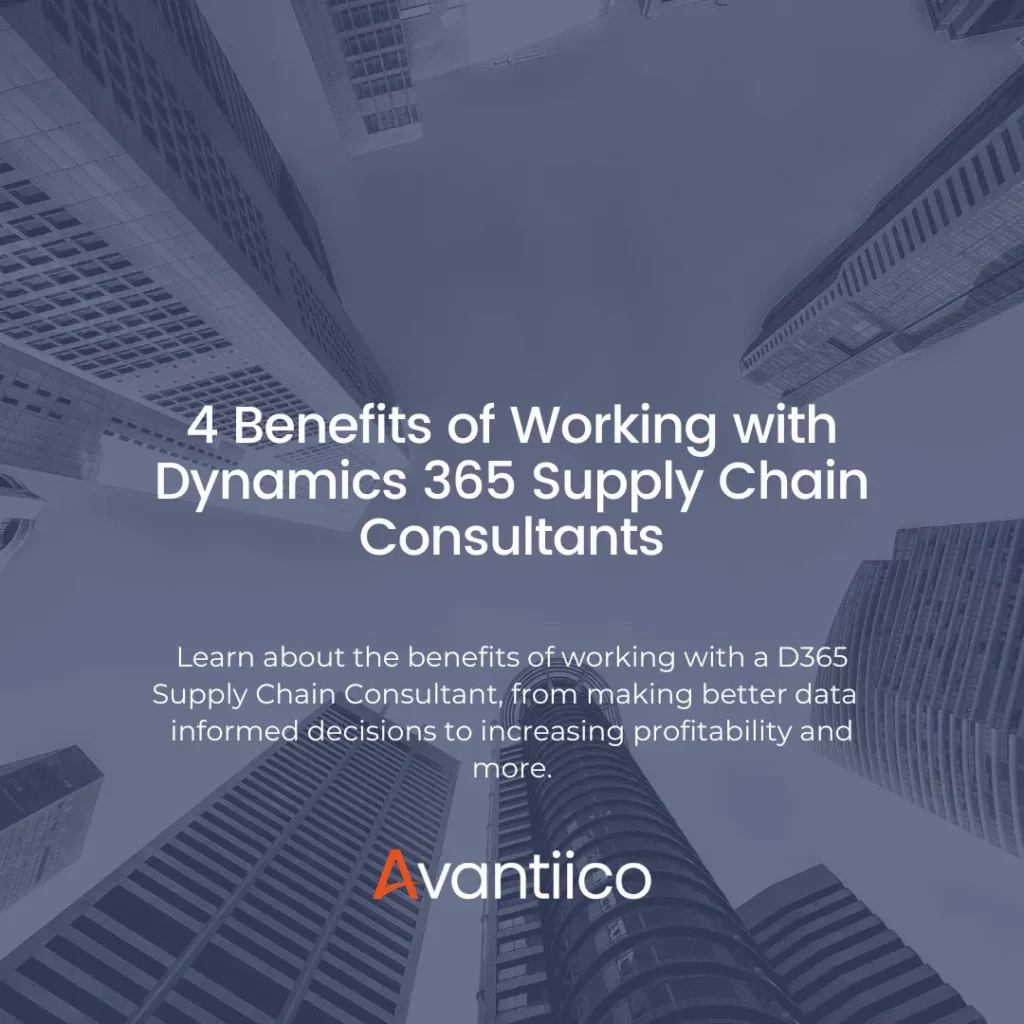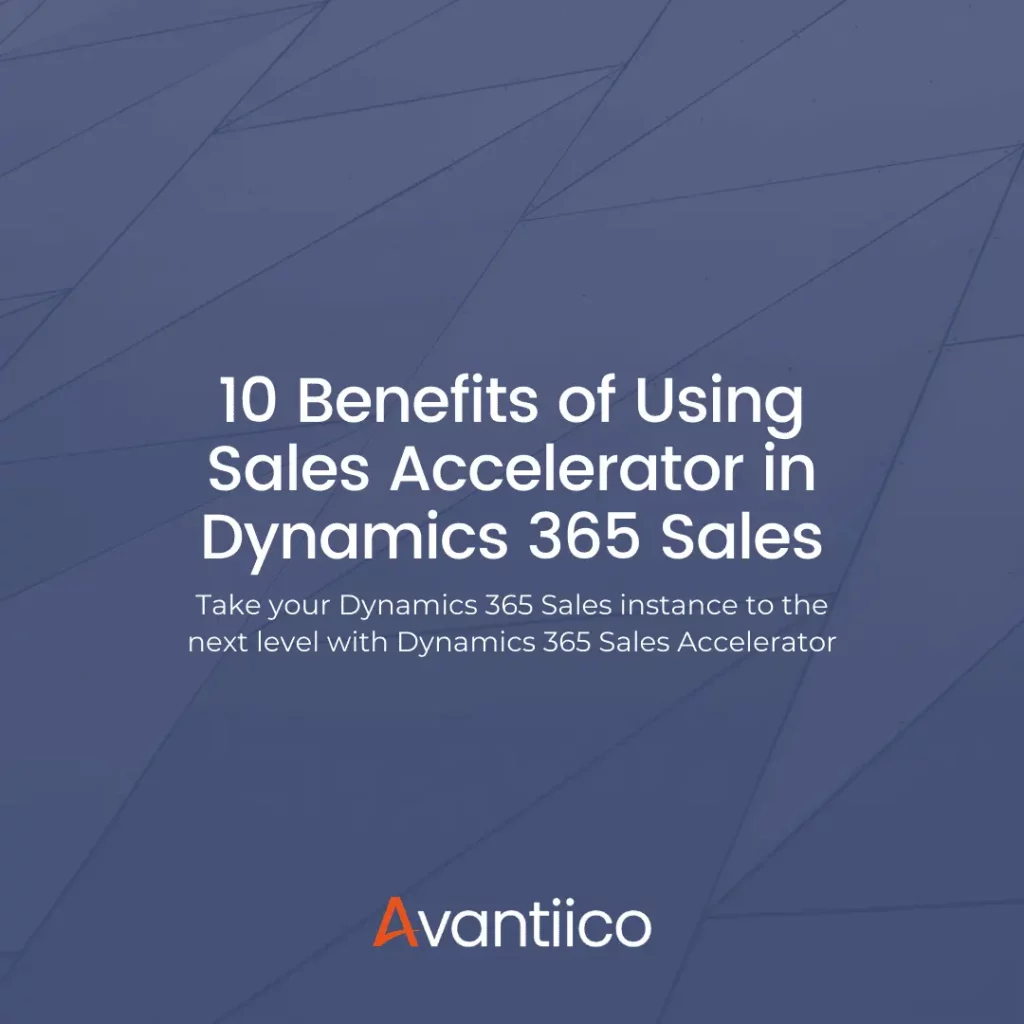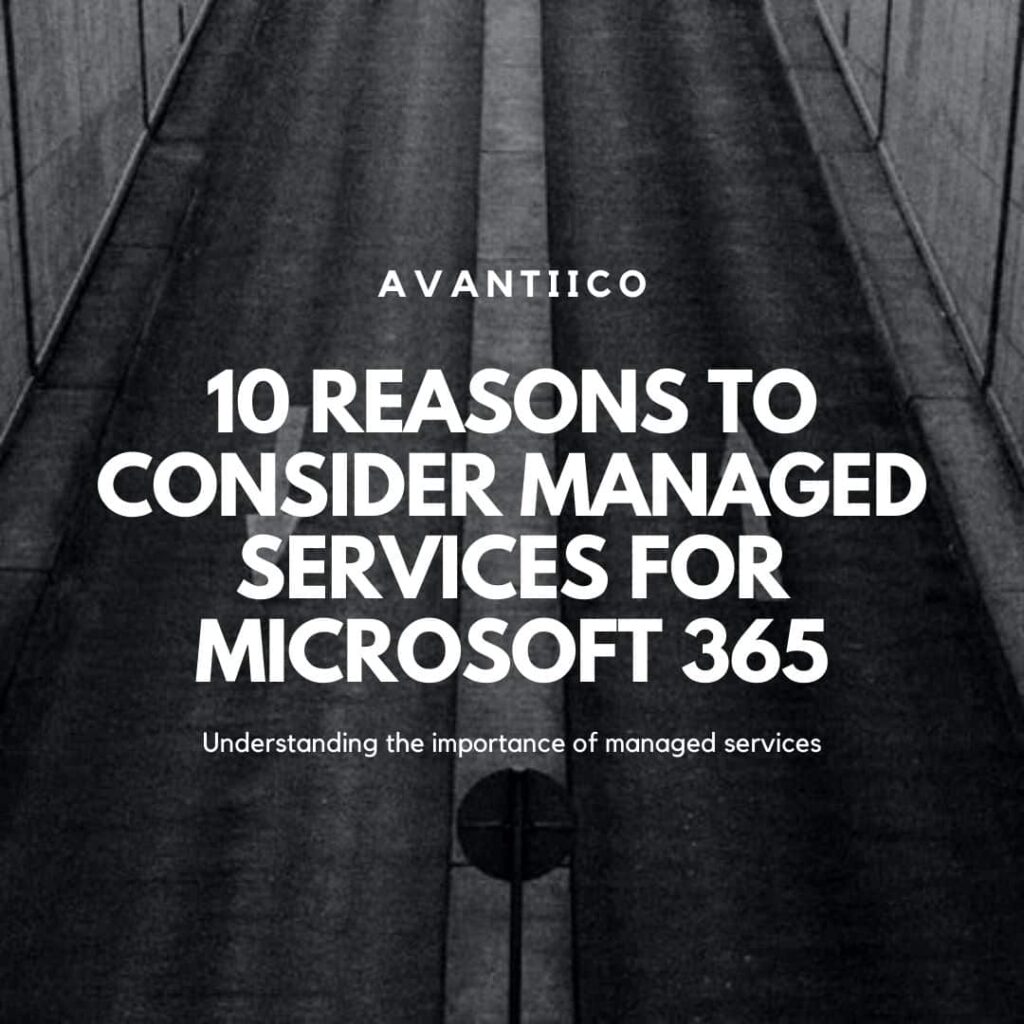Microsoft Fabric
Turn Insights Into Impact
Microsoft Fabric is a data analytics platform that unifies data engineering, AI, and real-time insights, all within a single, seamless solution.

What Is Microsoft Fabric?
Microsoft Fabric is a data analytics platform that helps businesses manage and analyze their data more effectively. It offers tools for data engineering, data warehousing, real-time analytics, and more, making it easier to organize and process high volumes of information.
With features like AI-driven insights and integration with Power BI, Fabric is designed to centralize your data and simplify your workflows – driving growth through smarter decision-making.
Key Functionalities
Data Integration
Consolidate your data ecosystem with advanced ETL integration tools.
Data Engineering
Develop systems to efficiently organize and analyze vast amounts of data.
Real-Time Intelligence
Process and act on streaming data with minimal delay and high efficiency.
Cloud Databases
Build scalable, data-driven applications with a seamless database experience.
Data Science
Leverage AI tools to create comprehensive workflows and enhance data insights.
Data Visualization
Data Visualization Transform data into engaging, interactive visualizations integrated with Microsoft 365.
Data Warehouse
Independently scale computing and storage with top-tier SQL performance.
Copilot Tools
Boost efficiency and creativity using natural language in notebooks and reports.
Microsoft Fabric Use Cases
Centralizing Data from Multiple Sources
Businesses often deal with data scattered across different systems, like CRMs, ERPs, and cloud storage. Microsoft Fabric brings all this data together in one place, making it easier to access and analyze. This helps teams work more efficiently and make decisions based on a complete view of their information.
Real-Time Analytics for Faster Decisions
With Fabric, companies can process and analyze data as it comes in. This is especially useful for industries like retail or finance, where quick decisions matter. For example, a retailer can track sales trends in real time and adjust inventory or promotions instantly.
Simplified Financial Reporting
Fabric integrates directly with financial systems, automating data collection and reporting. This means finance teams can generate accurate reports faster, without manual data entry. It also supports interactive dashboards, making it easier to share insights with stakeholders.
Build Scalable Data Warehouses
We respect family life as well as our customers’ budgets, so most roles should expect a combination of onsite and remote work.
Enhance Data Science Workflows
Fabric includes AI and machine learning tools that help data scientists build and deploy models more effectively. Teams can analyze patterns, predict outcomes, and uncover insights without needing complex setups. This makes advanced analytics accessible to more businesses.
Streamline Data Integration
Fabric simplifies the process of combining data from different sources. Whether it’s pulling data from APIs, databases, or cloud services, Fabric’s tools make it easy to clean, organize, and prepare data for analysis. This saves time and reduces errors in data workflows.
Unlock the Power of Your Data with Microsoft Fabric
From centralized visibility to smarter financial reporting, Microsoft Fabric helps you turn scattered data into strategic insights. With Avantiico as your partner, you'll implement only what you need—accelerating growth, simplifying workflows, and making better decisions faster.
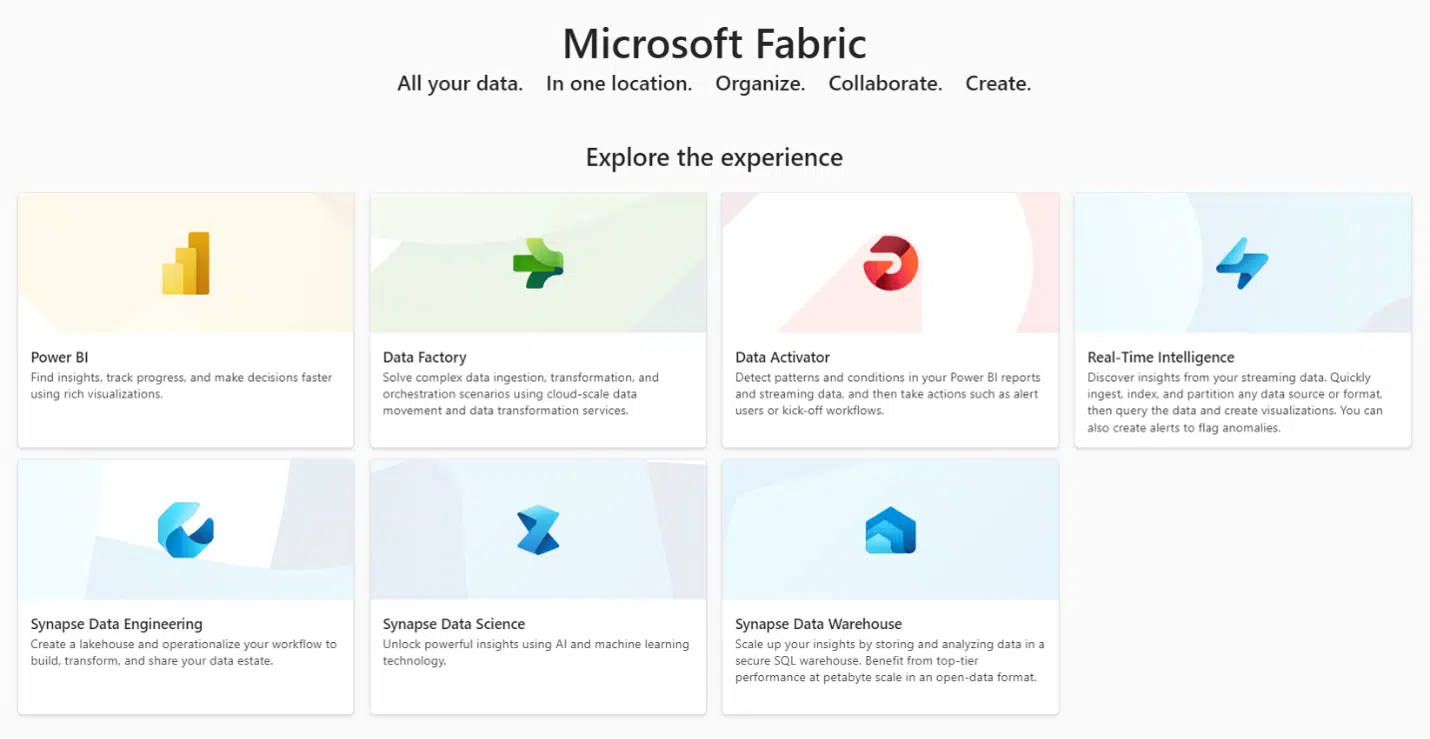

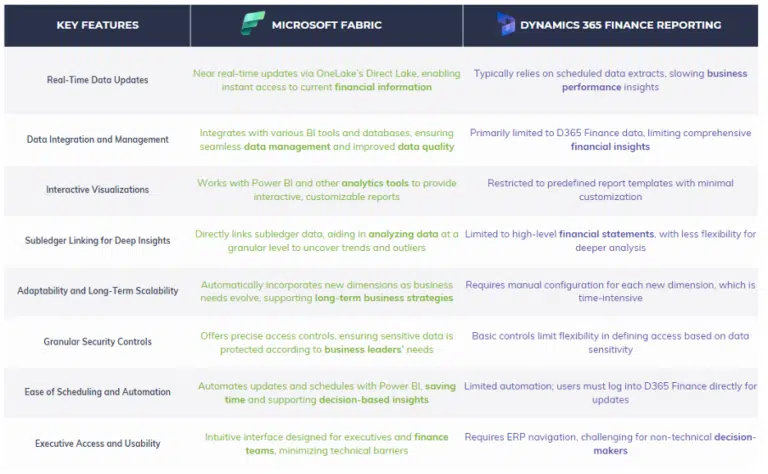
Turn Data Into Action with Avantiico
Microsoft Fabric offers several advanced tools to help you make the most of your data. But without the right expertise, you could be left with underused functionalities. That’s where we can help.
With Avantiico as your Microsoft Fabric Partner, you’ll:
- Receive a current state analysis with a clear action plan
- Implement only the tools your business truly needs
- Gain full visibility across your entire data ecosystem

Microsoft Fabric Pricing
Microsoft Fabric pricing is based on a “capacity” model, where you pay for Capacity Units (CUs) that combine resources like CPU, memory, and storage.
During the preview phase, Fabric is free to try, but once it becomes generally available, you’ll need to purchase an F-SKU (Pay-As-You-Go) or P-SKU (yearly commitment) to allocate CUs for your workloads. These capacities can be shared across multiple users, projects, and workloads, making it cost-efficient.
*Pricing varies by region and SKU size, with options like autoscaling and smoothing to optimize costs by spreading resource usage over time. Storage costs are separate and follow Azure Data Lake Storage pricing.
Overall, Fabric offers flexible, cloud-based billing designed to match your usage needs. Here’s how pricing works for CUs and OneLake Storage:
Microsoft Fabric Capacity
Microsoft Fabric Capacity pricing offers a flexible, shared pool of capacity that supports various capabilities, from data modeling to AI experiences. It simplifies purchasing with a single pool of compute for all workloads, allowing users to dynamically adjust capacity and monitor usage and costs through a centralized dashboard. You can see the latest pricing by SKU on the Microsoft Azure website.
OneLake Storage
OneLake storage is a simple, all-in-one solution for your data needs. It automatically sets up a single storage service for all your workloads, making it easier to manage and buy.
You only need one copy of your data, which works with all your analytics tools. It also connects to other storage systems, uses open data formats, and keeps your data secure, cutting down on maintenance. You can also find the latest pricing for OneLake Storage on the Azure website.
Decode Your Data with Fabric & Avantiico
Contact us for Microsoft Fabric consulting, implementation, or support, and an Avantiico team member will be in touch.
Frequently Asked Questions
What is Microsoft Fabric used for?
Microsoft Fabric is used for managing and analyzing data across its entire lifecycle. It integrates various tools for data ingestion, engineering, warehousing, real-time analytics, and machine learning, providing a unified platform that simplifies data workflows and enhances decision-making capabilities.
What is the difference between Microsoft Fabric and Azure?
Microsoft Fabric is a data platform that focuses on integrating and managing data workflows, while Azure is a comprehensive cloud computing service offering a wide range of services, including computing, storage, networking, and databases. Fabric leverages Azure’s infrastructure but is specifically designed for data management and analytics.
Microsoft Fabric vs. Power BI: What’s the difference?
Microsoft Fabric and Power BI differ in scope and functionality. Power BI is primarily a data visualization and reporting tool, whereas Microsoft Fabric is a comprehensive data platform that includes advanced analytics, data engineering, real-time processing, and machine learning capabilities, offering a more holistic approach to data management.
Can Power BI Integrate with Microsoft Fabric?
Yes, Power BI can integrate with Microsoft Fabric. This integration allows Power BI users to leverage Fabric’s advanced data management and analytics capabilities while continuing to use Power BI for creating interactive dashboards and reports, enhancing overall data insights and decision-making.
Why are businesses switching from Power BI to Microsoft Fabric?
Businesses are switching from Power BI to Microsoft Fabric to take advantage of its advanced analytics, real-time data processing, and unified data management capabilities. Fabric offers enhanced flexibility, improved performance, and seamless integration with Azure, making it a more powerful and efficient solution for comprehensive data needs.
Can I use Microsoft Fabric for free?
Microsoft Fabric offers a range of pricing options, including a free tier with limited features. This allows users to explore its capabilities and determine if it meets their needs before committing to a paid plan, which provides access to more advanced features and greater capacity.
